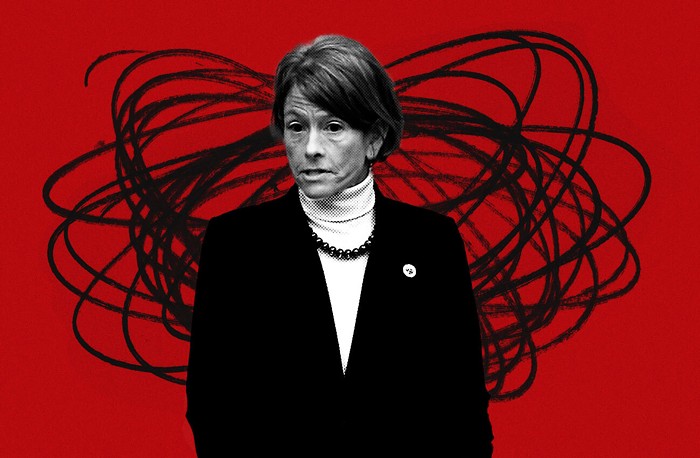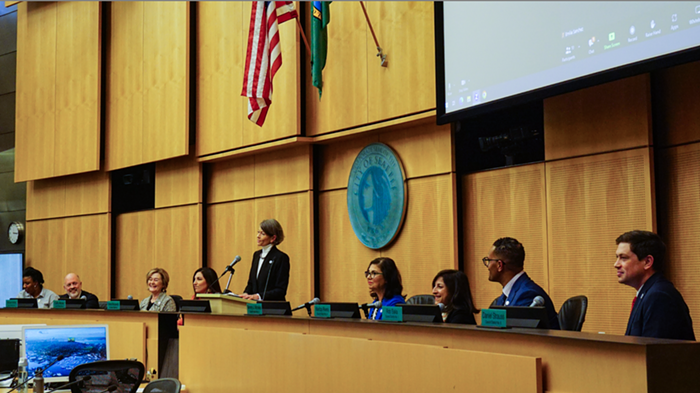Earlier this year, back when we were writing about the Oso landslide—and why logging and construction activity were allowed even though the slope's instability was known and documented—one of the persistent questions was whether the people living in the area were warned about the dangers.
According to a new lawsuit filed by 10 families on behalf of 14 victims of the Oso slide, they didn't. The families are suing Washington State, Snohomish County, and Grandy Lake Forest Associates (which logged land at the top of the slide zone in recent years).
From the story back in April:
A watershed analysis report from the late 1990s gave the Hazel slope a hazard rating of "high," explaining that "Ground water supply to a particular landslide can be increased in the short term by clear-cutting or wildfire within its recharge area. Alternatively, recharge in the longer term can be reduced by reforestation." A 1998 paper by geologists Daniel Miller and Joan Sias pointed out that evapotranspiration—the amount of rainfall sucked up by trees and released into the air—was between 45 and 75 percent on the Hazel slope. The message was clear: Taking away more trees would drastically increase the amount of water soaking into the ground and lubricating the slide.
But in the pro-logging political climate at the time, said Kennard, the geologist, the Tulalip's ability to establish an off-limits groundwater recharge zone felt like "a true victory." But the lines, he explained, were drawn somewhat arbitrarily, without drilling to test where the water was and what it was doing. "There was tremendous pressure," he said, "from the timber industry and regulators—the DNR [the Department of Natural Resources]—to minimize it."
Finding out who knew how potentially dangerous the conditions were, and at what point that information stopped short of being shared with the public, is going to be both painful and revealing.



















